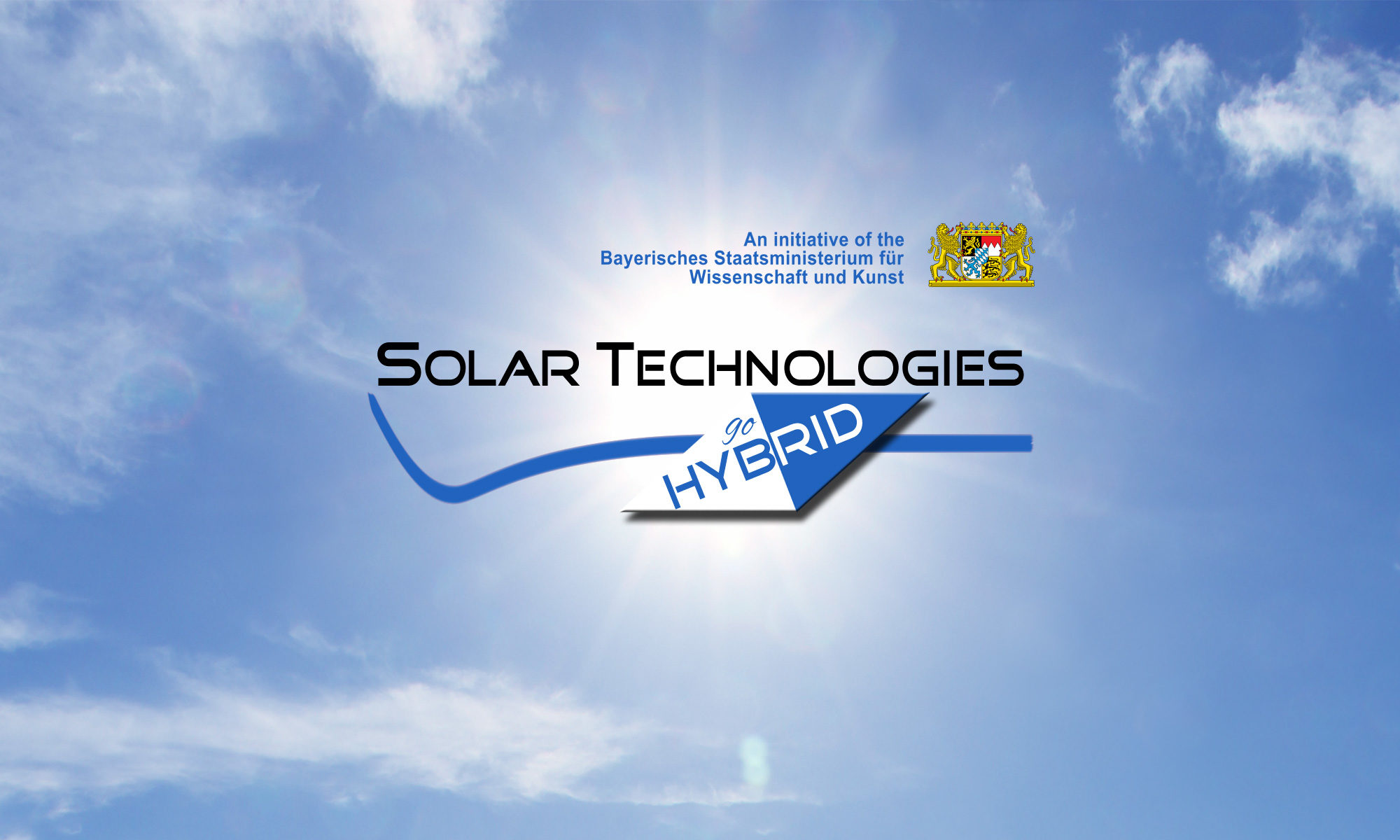Search references:
Reb, Lennart K; Böhmer, Michael; Predeschly, Benjamin; Grott, Sebastian; Weindl, Christian L; Ivandekic, Goran I; Guo, Renjun; Dreißigacker, Christoph; Gernhäuser, Roman; Meyer, Andreas; Müller-Buschbaum, Peter
Perovskite and Organic Solar Cells on a Rocket Flight Journal Article
In: Joule, vol. 4, no. 9, pp. 1880 - 1892, 2020, ISSN: 2542-4351.
@article{Reb2020,
title = {Perovskite and Organic Solar Cells on a Rocket Flight},
author = {Lennart K Reb and Michael Böhmer and Benjamin Predeschly and Sebastian Grott and Christian L Weindl and Goran I Ivandekic and Renjun Guo and Christoph Dreißigacker and Roman Gernhäuser and Andreas Meyer and Peter Müller-Buschbaum},
url = {http://www.sciencedirect.com/science/article/pii/S2542435120303226},
doi = {https://doi.org/10.1016/j.joule.2020.07.004},
issn = {2542-4351},
year = {2020},
date = {2020-01-01},
journal = {Joule},
volume = {4},
number = {9},
pages = {1880 - 1892},
abstract = {Summary
Perovskite and organic solar cells possess a revolutionary potential for space applications. The thin-film solar cells can be processed onto thin polymer foils that enable an exceptional specific power, i.e., obtainable electric power per mass, being superior to their inorganic counterparts. However, research toward space applications was mainly restricted to terrestrial conditions so far. Here, we report the launch of perovskite and organic solar cells of different architectures on a suborbital rocket flight. This is an in situ demonstration of their functionality and power generation under space conditions. We measured solar cell current-voltage characteristics in variable illumination states due to different rocket orientations during flight. Under strong solar irradiance, the solar cells perform efficiently, and they even produce power with weak diffuse light reflected from Earth’s surface. These results highlight both the suitability for near-Earth applications as well as the potential for deep-space missions for these innovative technologies.},
keywords = {},
pubstate = {published},
tppubtype = {article}
}
Perovskite and organic solar cells possess a revolutionary potential for space applications. The thin-film solar cells can be processed onto thin polymer foils that enable an exceptional specific power, i.e., obtainable electric power per mass, being superior to their inorganic counterparts. However, research toward space applications was mainly restricted to terrestrial conditions so far. Here, we report the launch of perovskite and organic solar cells of different architectures on a suborbital rocket flight. This is an in situ demonstration of their functionality and power generation under space conditions. We measured solar cell current-voltage characteristics in variable illumination states due to different rocket orientations during flight. Under strong solar irradiance, the solar cells perform efficiently, and they even produce power with weak diffuse light reflected from Earth’s surface. These results highlight both the suitability for near-Earth applications as well as the potential for deep-space missions for these innovative technologies.
References (last update: Sept. 23, 2024):
2020
Reb, Lennart K; Böhmer, Michael; Predeschly, Benjamin; Grott, Sebastian; Weindl, Christian L; Ivandekic, Goran I; Guo, Renjun; Dreißigacker, Christoph; Gernhäuser, Roman; Meyer, Andreas; Müller-Buschbaum, Peter
Perovskite and Organic Solar Cells on a Rocket Flight Journal Article
In: Joule, vol. 4, no. 9, pp. 1880 - 1892, 2020, ISSN: 2542-4351.
Abstract | Links | BibTeX | Tags: organic solar cell, perovskite solar cell, rocket flight, space, specific power
@article{Reb2020,
title = {Perovskite and Organic Solar Cells on a Rocket Flight},
author = {Lennart K Reb and Michael Böhmer and Benjamin Predeschly and Sebastian Grott and Christian L Weindl and Goran I Ivandekic and Renjun Guo and Christoph Dreißigacker and Roman Gernhäuser and Andreas Meyer and Peter Müller-Buschbaum},
url = {http://www.sciencedirect.com/science/article/pii/S2542435120303226},
doi = {https://doi.org/10.1016/j.joule.2020.07.004},
issn = {2542-4351},
year = {2020},
date = {2020-01-01},
journal = {Joule},
volume = {4},
number = {9},
pages = {1880 - 1892},
abstract = {Summary
Perovskite and organic solar cells possess a revolutionary potential for space applications. The thin-film solar cells can be processed onto thin polymer foils that enable an exceptional specific power, i.e., obtainable electric power per mass, being superior to their inorganic counterparts. However, research toward space applications was mainly restricted to terrestrial conditions so far. Here, we report the launch of perovskite and organic solar cells of different architectures on a suborbital rocket flight. This is an in situ demonstration of their functionality and power generation under space conditions. We measured solar cell current-voltage characteristics in variable illumination states due to different rocket orientations during flight. Under strong solar irradiance, the solar cells perform efficiently, and they even produce power with weak diffuse light reflected from Earth’s surface. These results highlight both the suitability for near-Earth applications as well as the potential for deep-space missions for these innovative technologies.},
keywords = {organic solar cell, perovskite solar cell, rocket flight, space, specific power},
pubstate = {published},
tppubtype = {article}
}
Perovskite and organic solar cells possess a revolutionary potential for space applications. The thin-film solar cells can be processed onto thin polymer foils that enable an exceptional specific power, i.e., obtainable electric power per mass, being superior to their inorganic counterparts. However, research toward space applications was mainly restricted to terrestrial conditions so far. Here, we report the launch of perovskite and organic solar cells of different architectures on a suborbital rocket flight. This is an in situ demonstration of their functionality and power generation under space conditions. We measured solar cell current-voltage characteristics in variable illumination states due to different rocket orientations during flight. Under strong solar irradiance, the solar cells perform efficiently, and they even produce power with weak diffuse light reflected from Earth’s surface. These results highlight both the suitability for near-Earth applications as well as the potential for deep-space missions for these innovative technologies.
